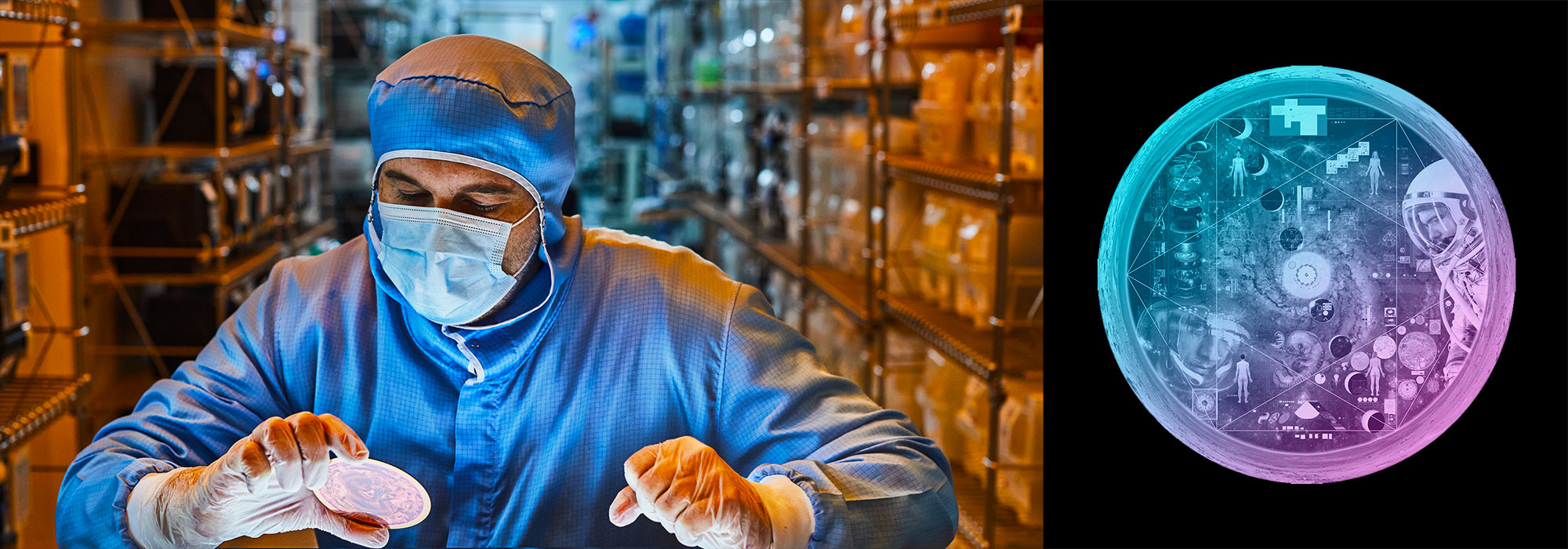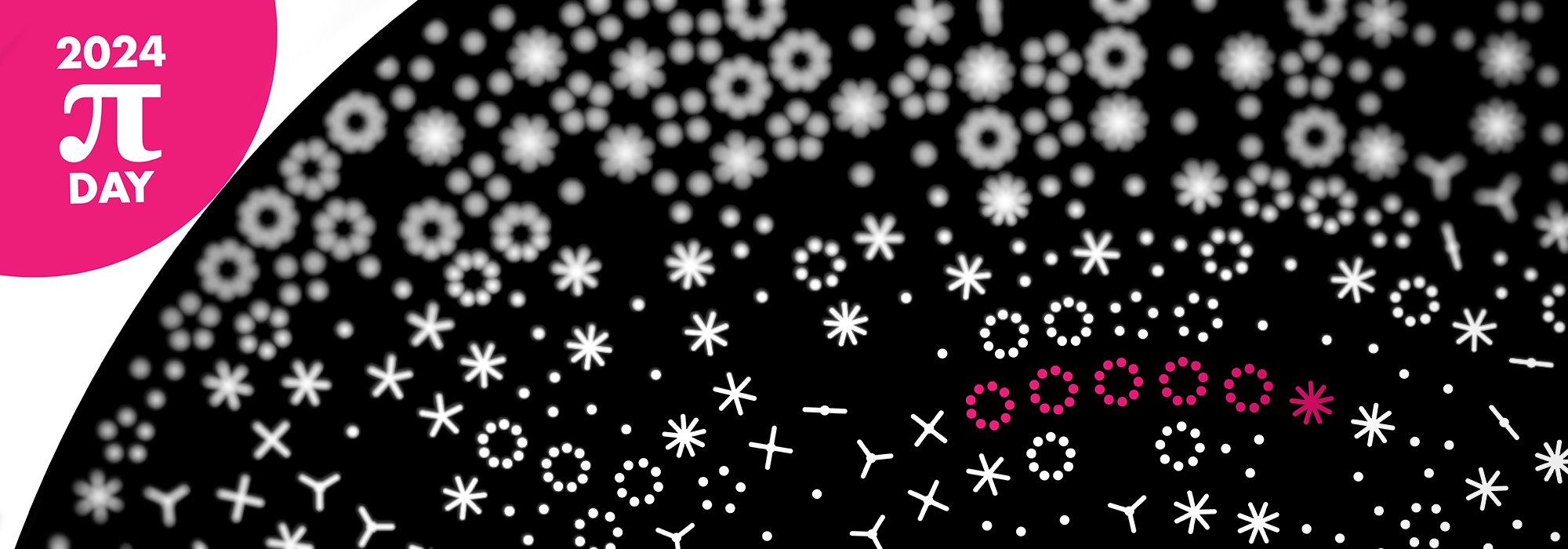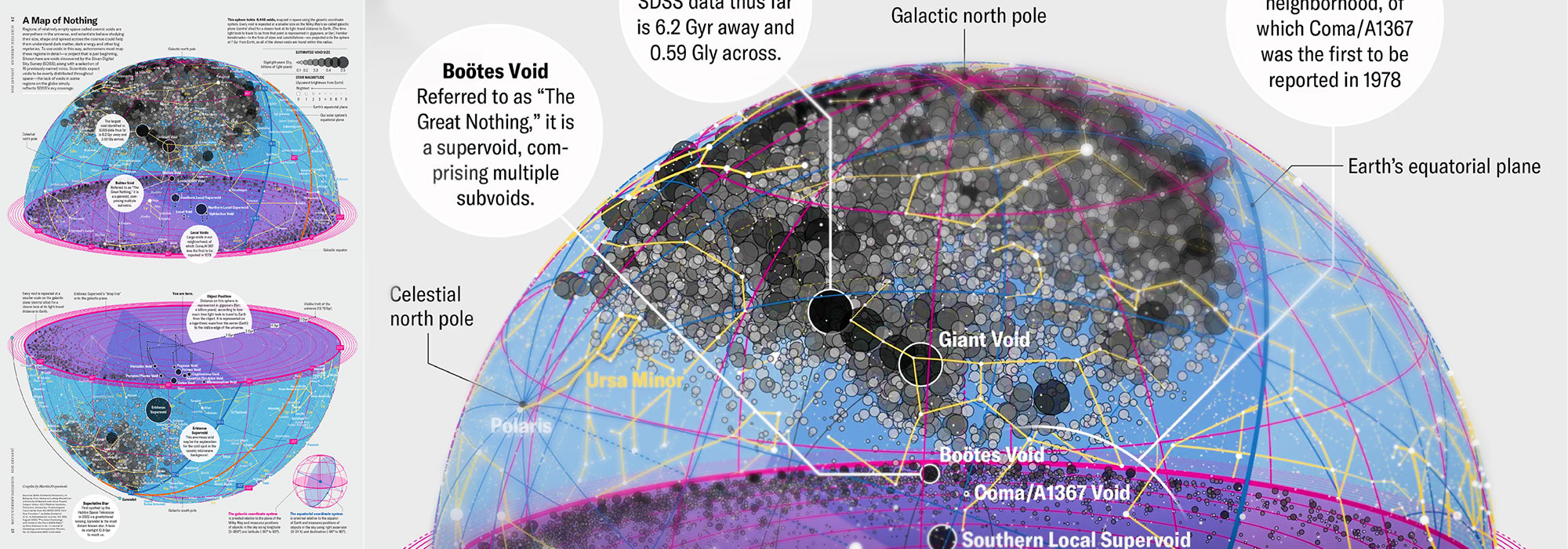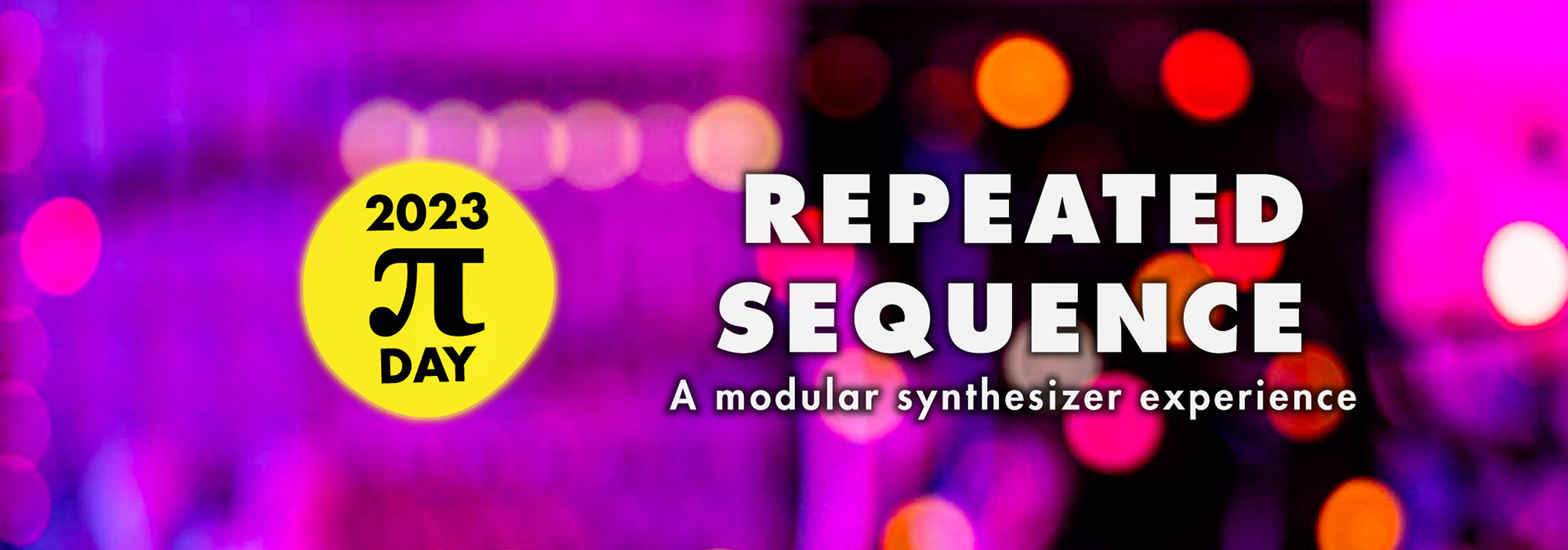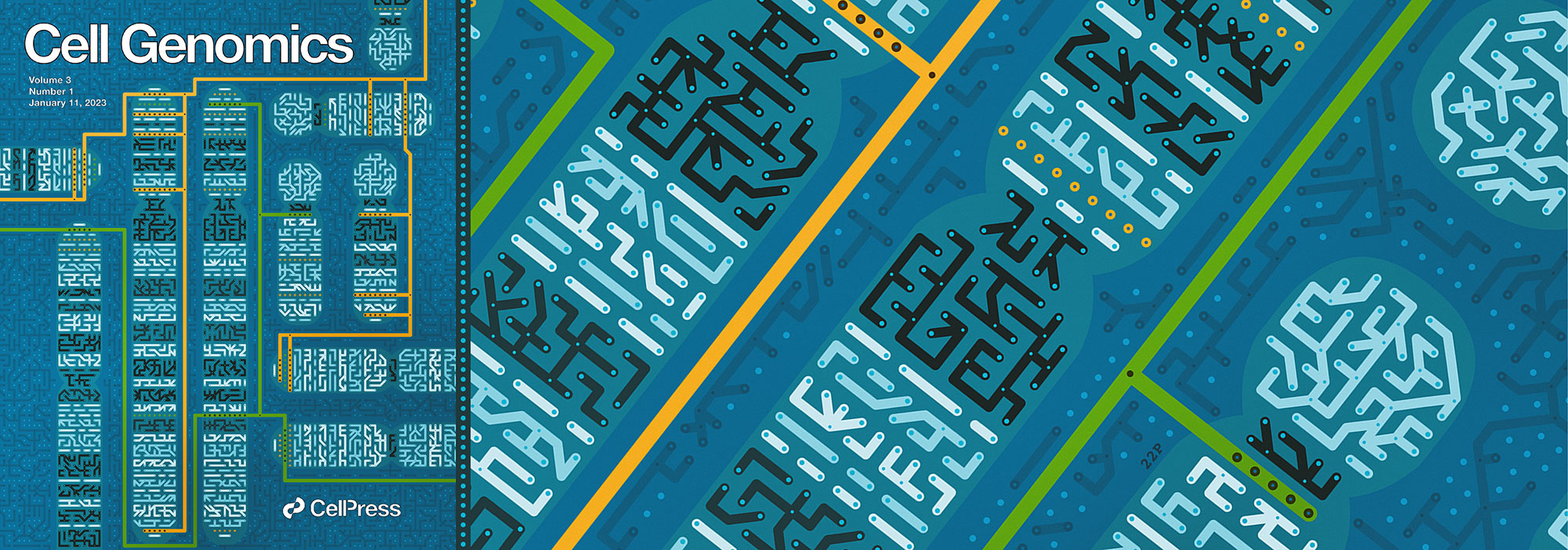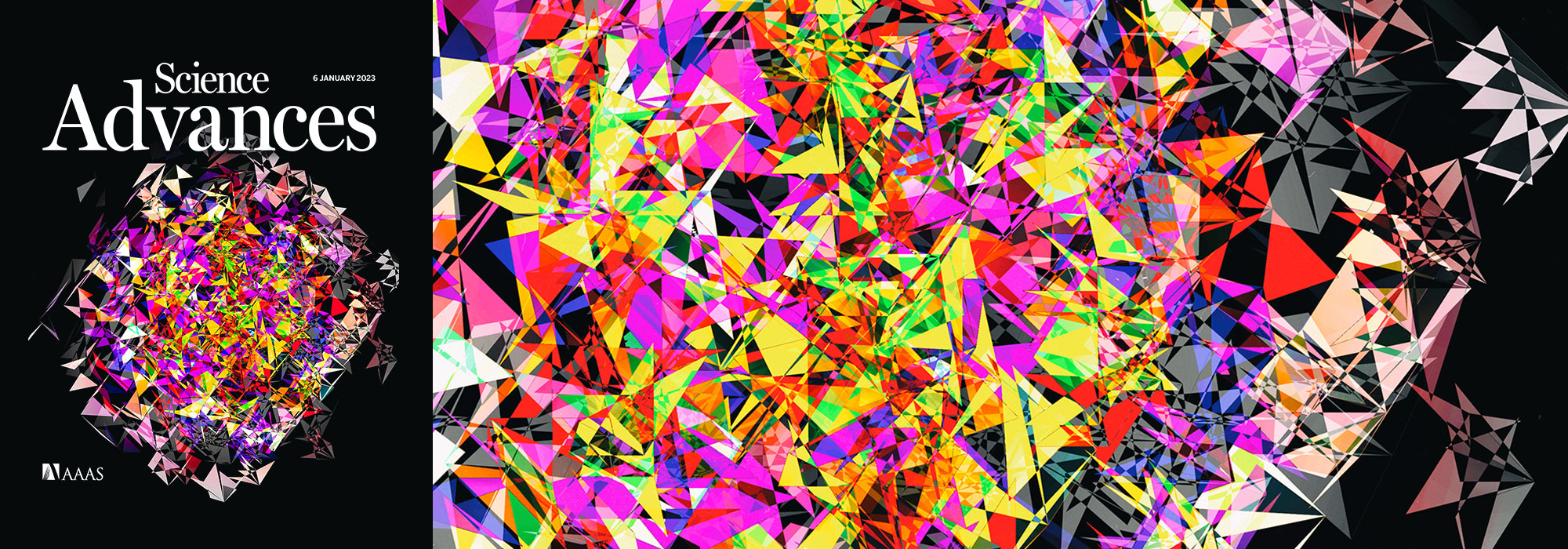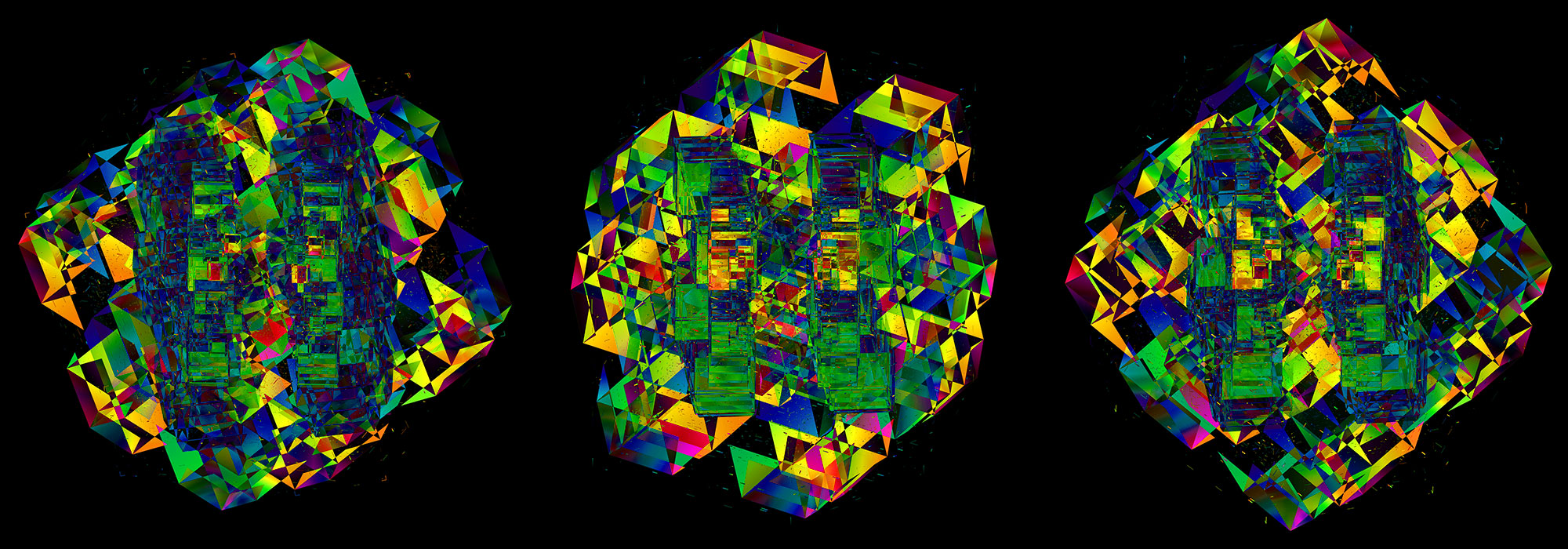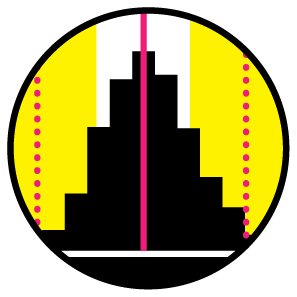Nature Methods: Points of View
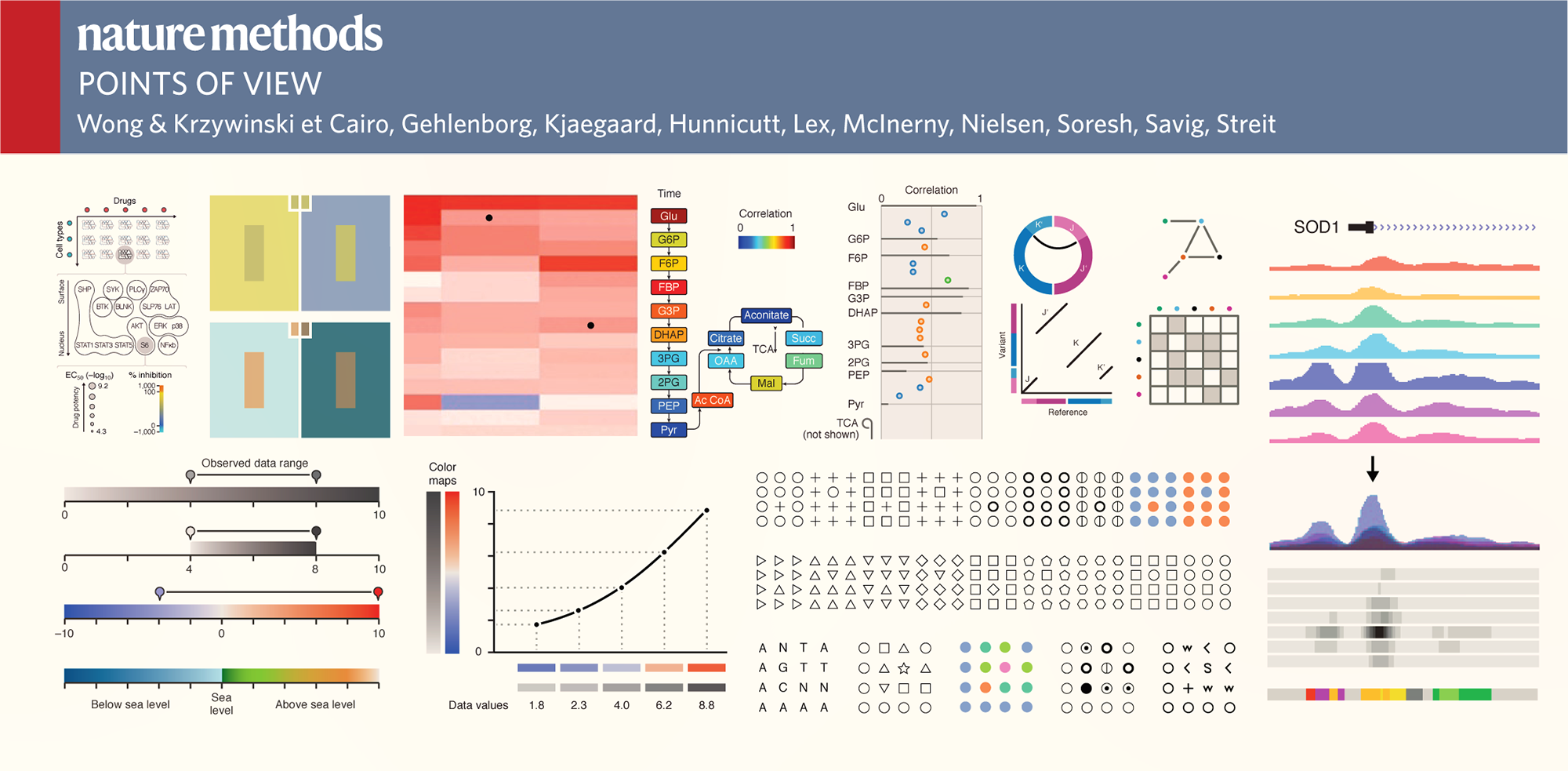
The first Points of View column was about color coding in the July 2010 issue of Nature Methods. In its 5 year history, the column has established a significant legacy— it is one of the most frequently accessed parts of Nature Methods. The community sees the value in clear and effective visual communication and acknowledges the need for a forum in which best practices in the field are presented practically and accessibly.
2010–2012
Bang Wong, in collaboration with visiting authors (Noam Shoresh, Nils Gehlenborg, Cydney Nielsen and Rikke Schmidt Kjærgaard), has penned 29 columns in the period of August 2010 to December 2012, covering broad topics such as salience, Gestalt principles, color, typography, negative space, layout, and data integration.
2012–2014
The announcement of the return of the column, together with its history and a description of me, the new author, are available at the Nature Methods methagora blog. Humor is kept by repeated reference to my now-dead-but-once-famous pet rat.
When it was A.C. Greyling's turn to speak at a debate in which Christopher Hitchens and Richard Dawkins already made their points, Greyling said
When one gets up to speak this late in a debate, one is a bit tempated to quote that Hungarian M.P. who after a long, long, long discussion in the parliament in Budapest stood up and said, "Everything has been said but not everybody said it yet." (watch on YouTube)
Indeed, this is quite how I feel after being offered to be the new author of Nature Methods Point of View column. Both Bang and Hitchens provide significant inspiration for me, so Greyling's words are particularly fitting.
To improve on the column is impossible. My challenge is to identify useful topics that have not yet been covered. I will be working closely with Nature Methods and Bang to ensure that the columns strike the right balance of topic, tone and timbre.
In 2013 the Points of View column spawned the Points of Significance column, which deals with statistics in biological science.
For the month of August 2013, the entire set of 35 columns is available for free.
2015 and beyond
The column continues to run, though no longer monthly.
A PDF eBook of the 38 Points of View articles published between August 2010 and February 2015 is now available at the Nature Shop for $7.99 under the title Visual strategies for biological data: the collected Points of View.
Nasa to send our human genome discs to the Moon
We'd like to say a ‘cosmic hello’: mathematics, culture, palaeontology, art and science, and ... human genomes.



Comparing classifier performance with baselines
All animals are equal, but some animals are more equal than others. —George Orwell
This month, we will illustrate the importance of establishing a baseline performance level.
Baselines are typically generated independently for each dataset using very simple models. Their role is to set the minimum level of acceptable performance and help with comparing relative improvements in performance of other models.

Unfortunately, baselines are often overlooked and, in the presence of a class imbalance5, must be established with care.
Megahed, F.M, Chen, Y-J., Jones-Farmer, A., Rigdon, S.E., Krzywinski, M. & Altman, N. (2024) Points of significance: Comparing classifier performance with baselines. Nat. Methods 20.
Happy 2024 π Day—
sunflowers ho!
Celebrate π Day (March 14th) and dig into the digit garden. Let's grow something.

How Analyzing Cosmic Nothing Might Explain Everything
Huge empty areas of the universe called voids could help solve the greatest mysteries in the cosmos.
My graphic accompanying How Analyzing Cosmic Nothing Might Explain Everything in the January 2024 issue of Scientific American depicts the entire Universe in a two-page spread — full of nothing.
The graphic uses the latest data from SDSS 12 and is an update to my Superclusters and Voids poster.
Michael Lemonick (editor) explains on the graphic:
“Regions of relatively empty space called cosmic voids are everywhere in the universe, and scientists believe studying their size, shape and spread across the cosmos could help them understand dark matter, dark energy and other big mysteries.
To use voids in this way, astronomers must map these regions in detail—a project that is just beginning.
Shown here are voids discovered by the Sloan Digital Sky Survey (SDSS), along with a selection of 16 previously named voids. Scientists expect voids to be evenly distributed throughout space—the lack of voids in some regions on the globe simply reflects SDSS’s sky coverage.”
voids
Sofia Contarini, Alice Pisani, Nico Hamaus, Federico Marulli Lauro Moscardini & Marco Baldi (2023) Cosmological Constraints from the BOSS DR12 Void Size Function Astrophysical Journal 953:46.
Nico Hamaus, Alice Pisani, Jin-Ah Choi, Guilhem Lavaux, Benjamin D. Wandelt & Jochen Weller (2020) Journal of Cosmology and Astroparticle Physics 2020:023.
Sloan Digital Sky Survey Data Release 12
Alan MacRobert (Sky & Telescope), Paulina Rowicka/Martin Krzywinski (revisions & Microscopium)
Hoffleit & Warren Jr. (1991) The Bright Star Catalog, 5th Revised Edition (Preliminary Version).
H0 = 67.4 km/(Mpc·s), Ωm = 0.315, Ωv = 0.685. Planck collaboration Planck 2018 results. VI. Cosmological parameters (2018).
constellation figures
stars
cosmology



